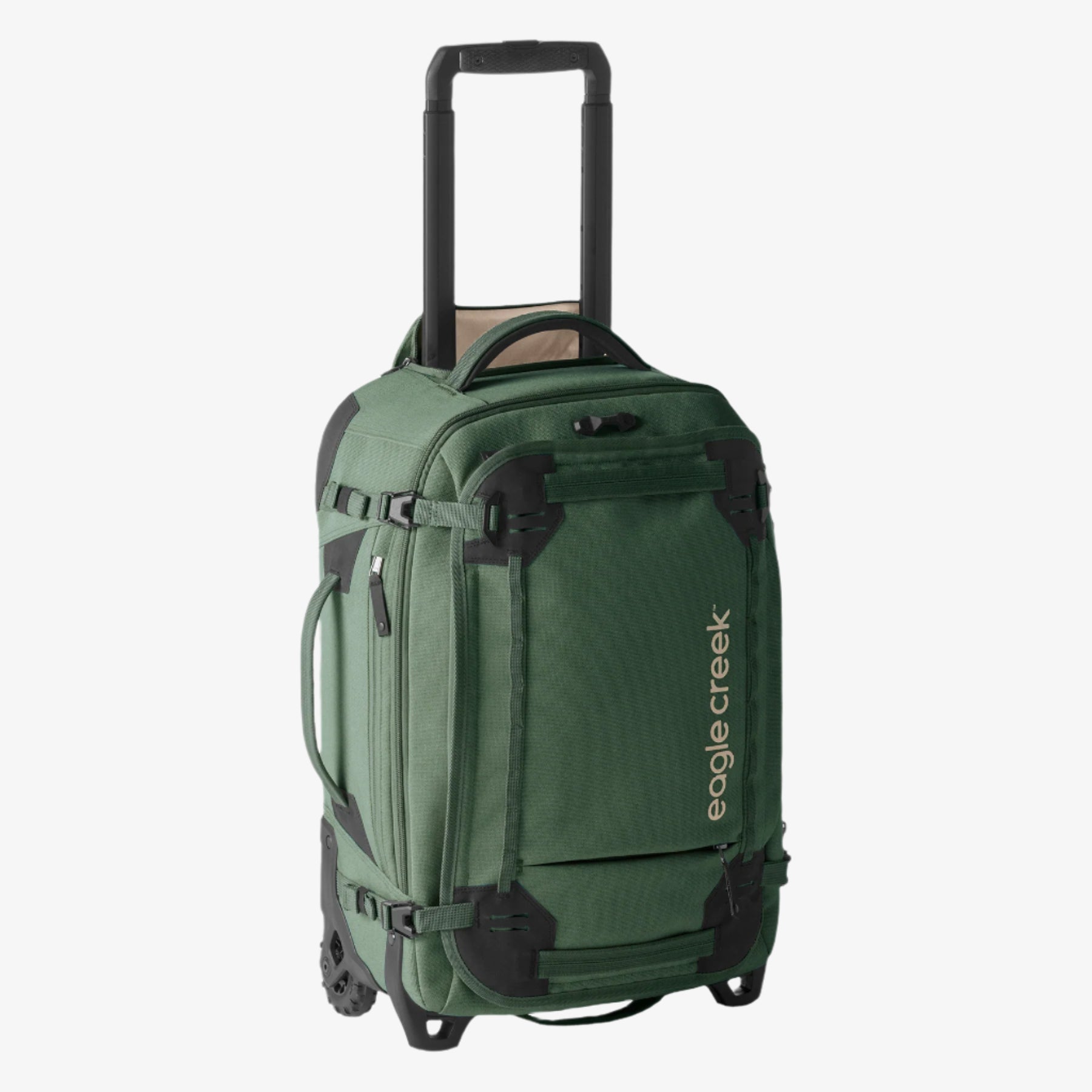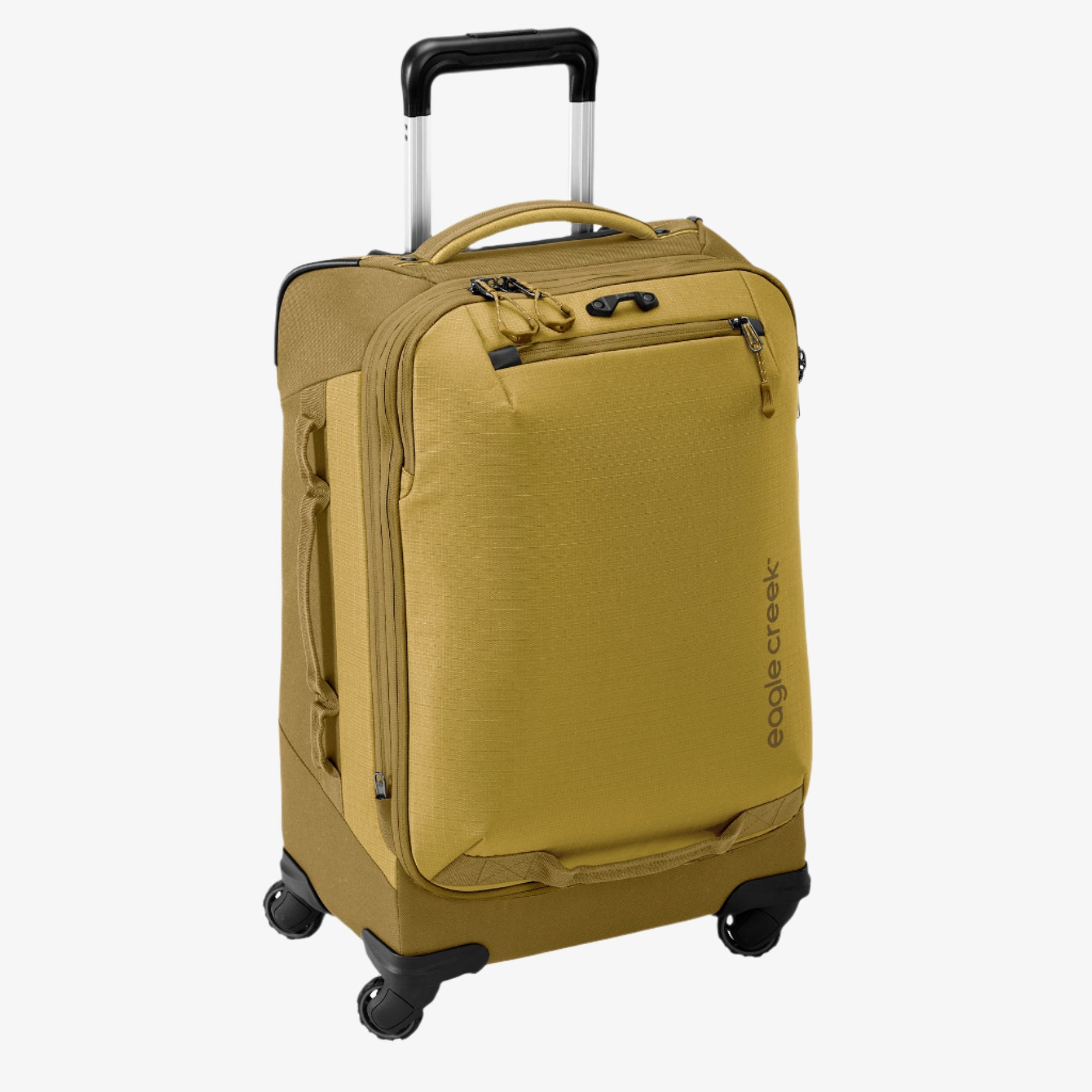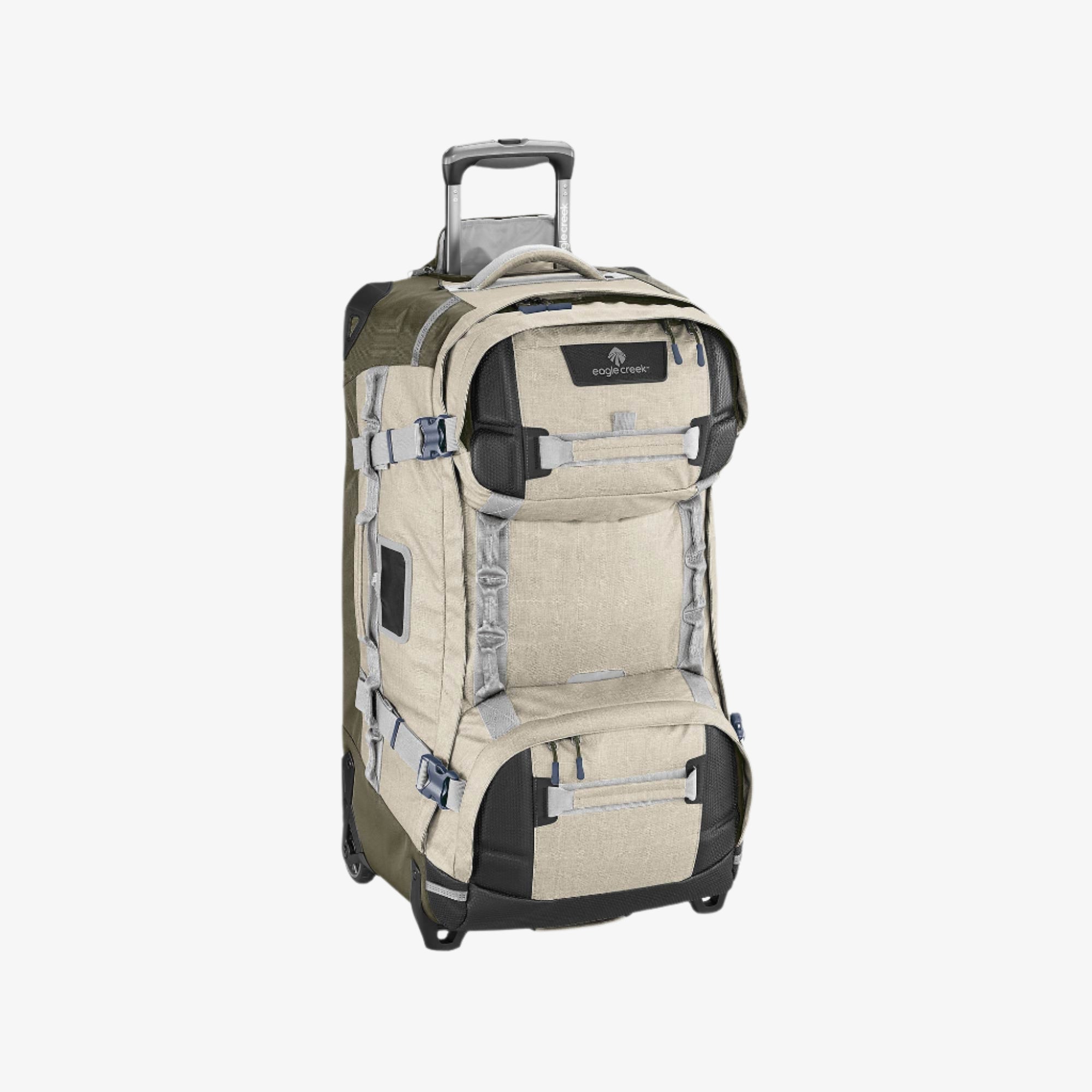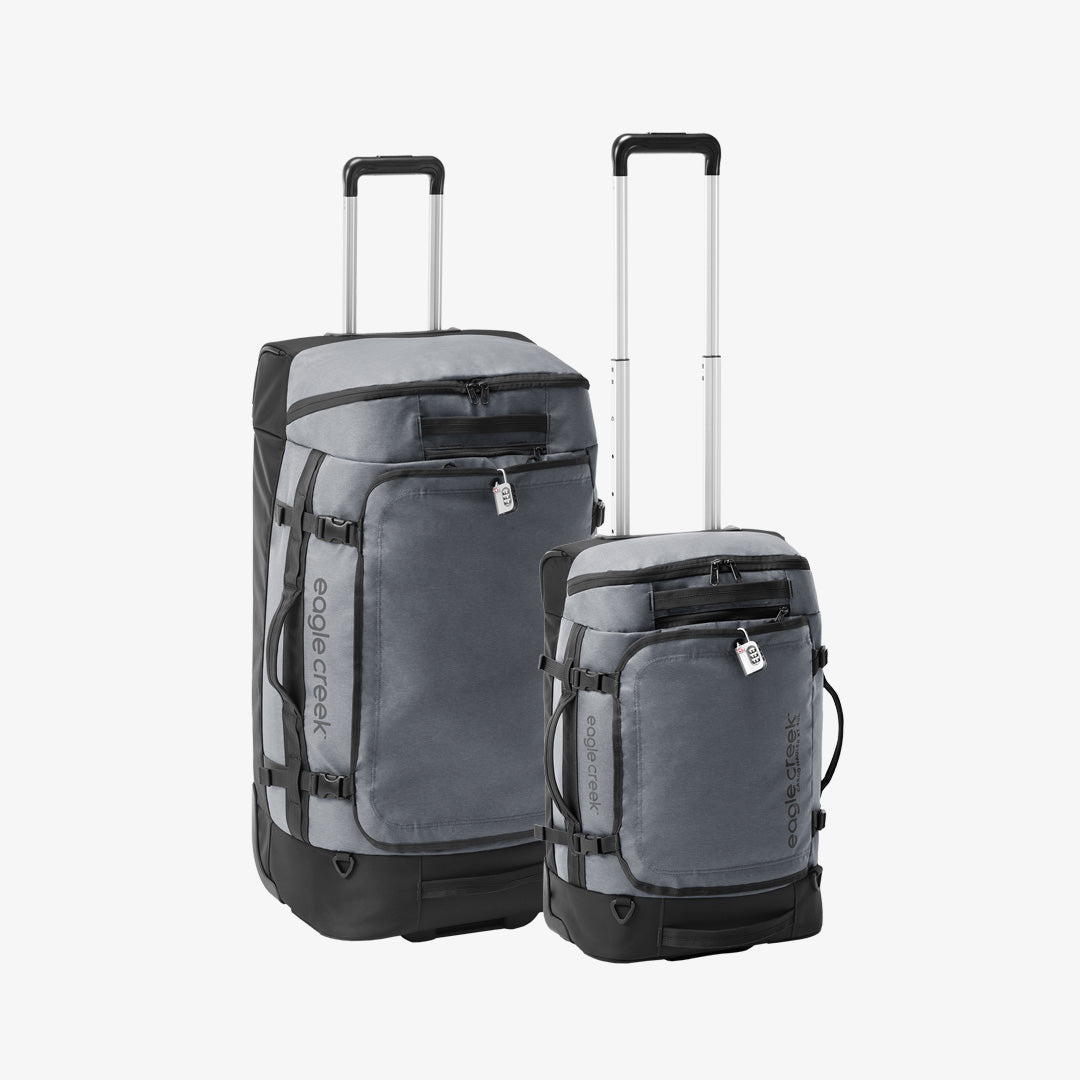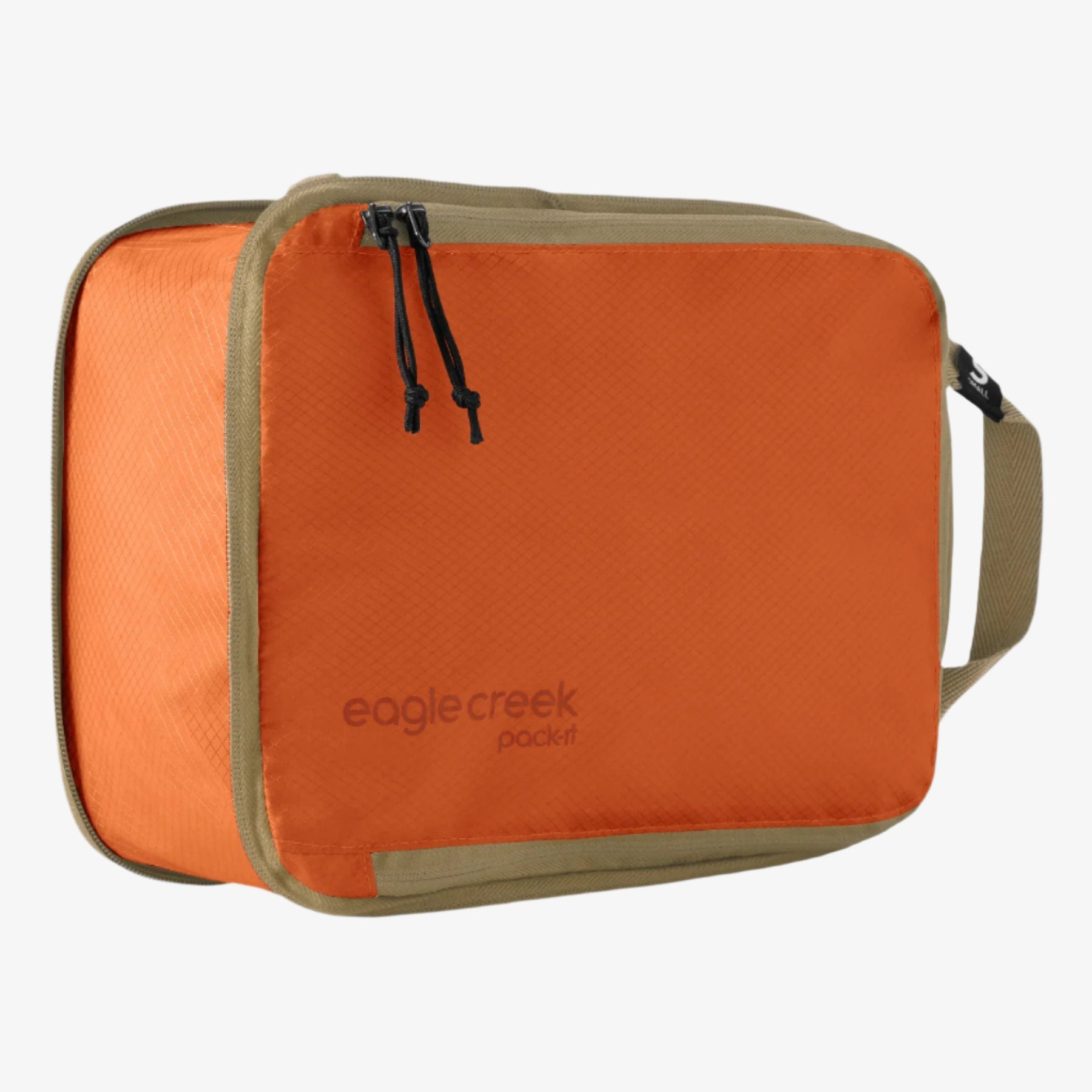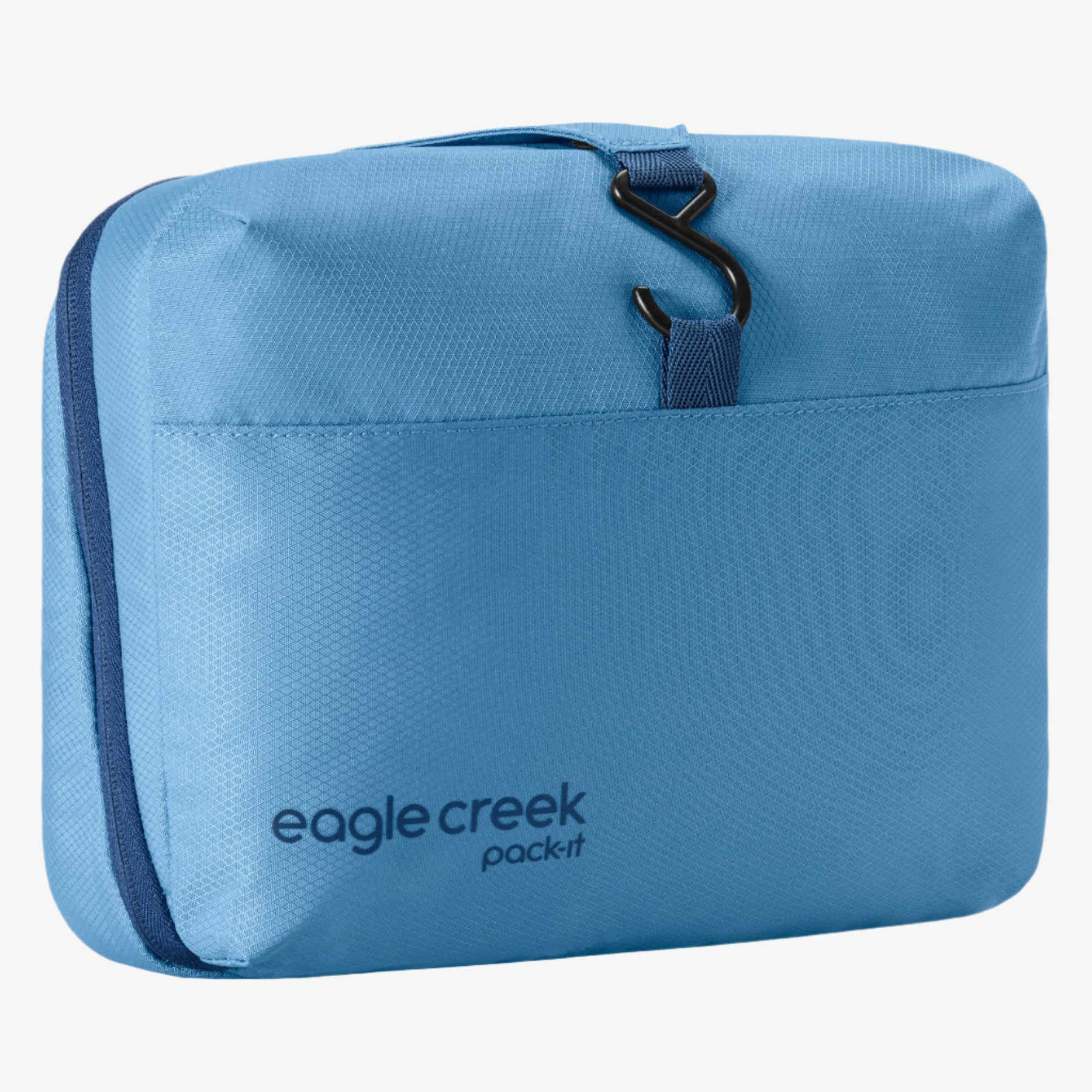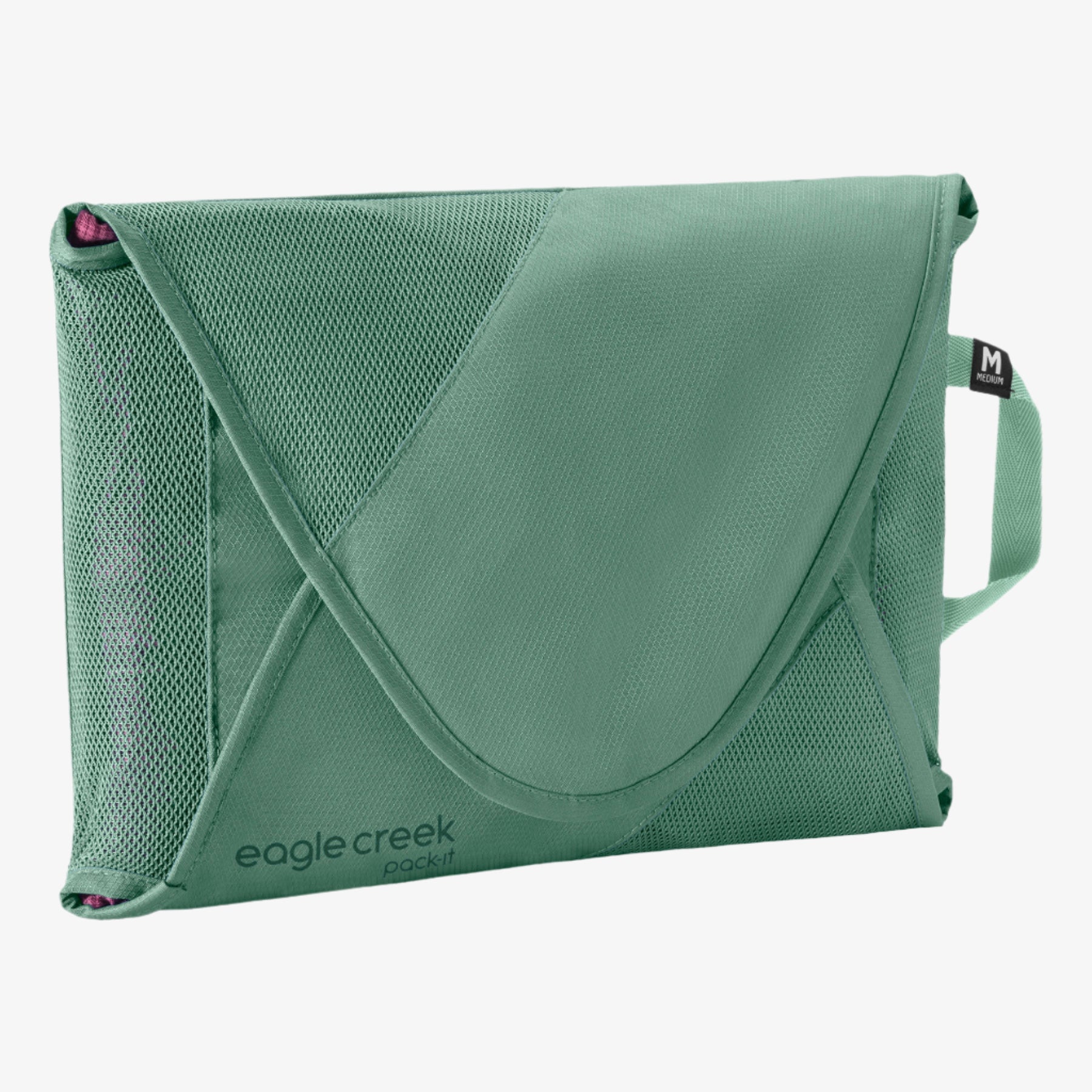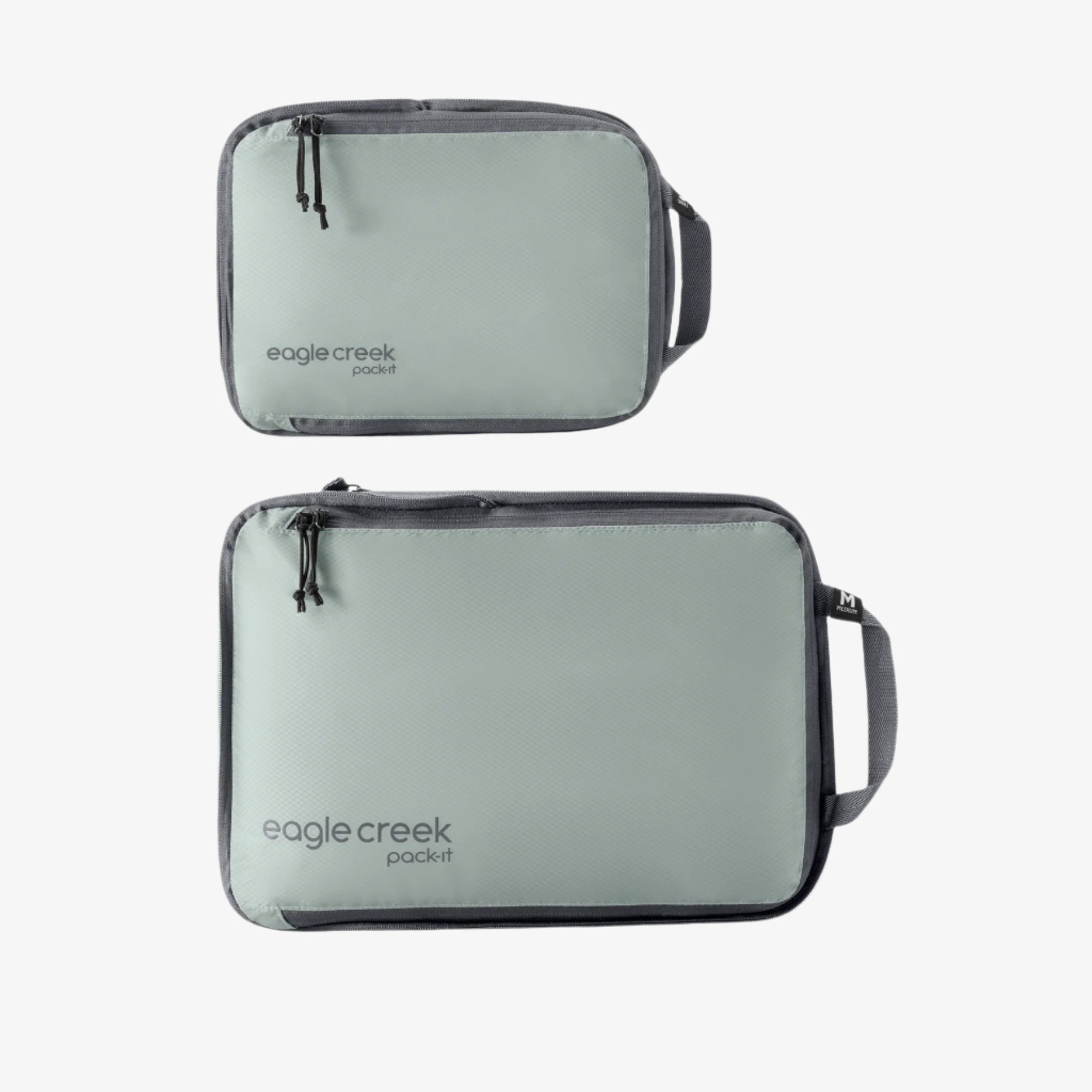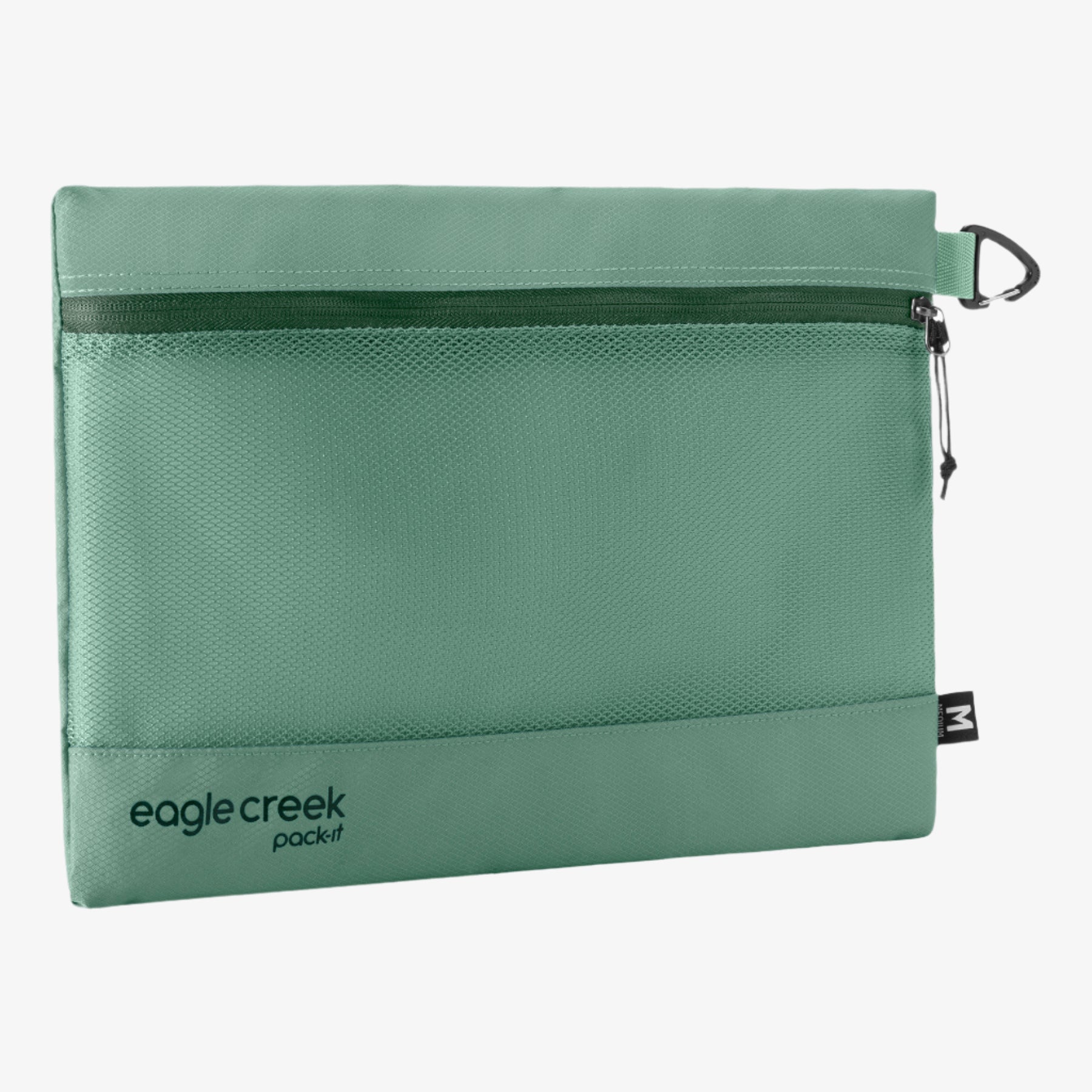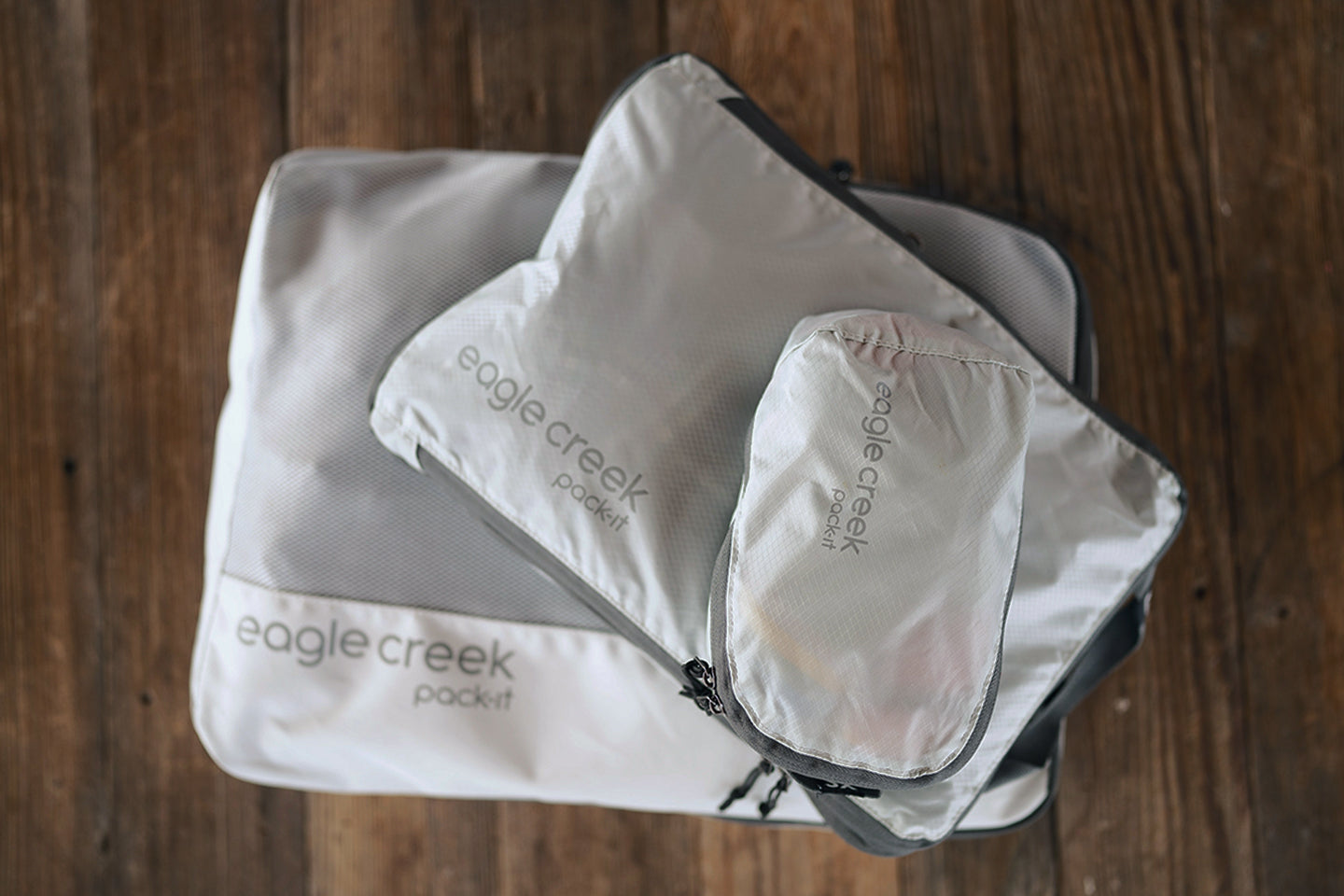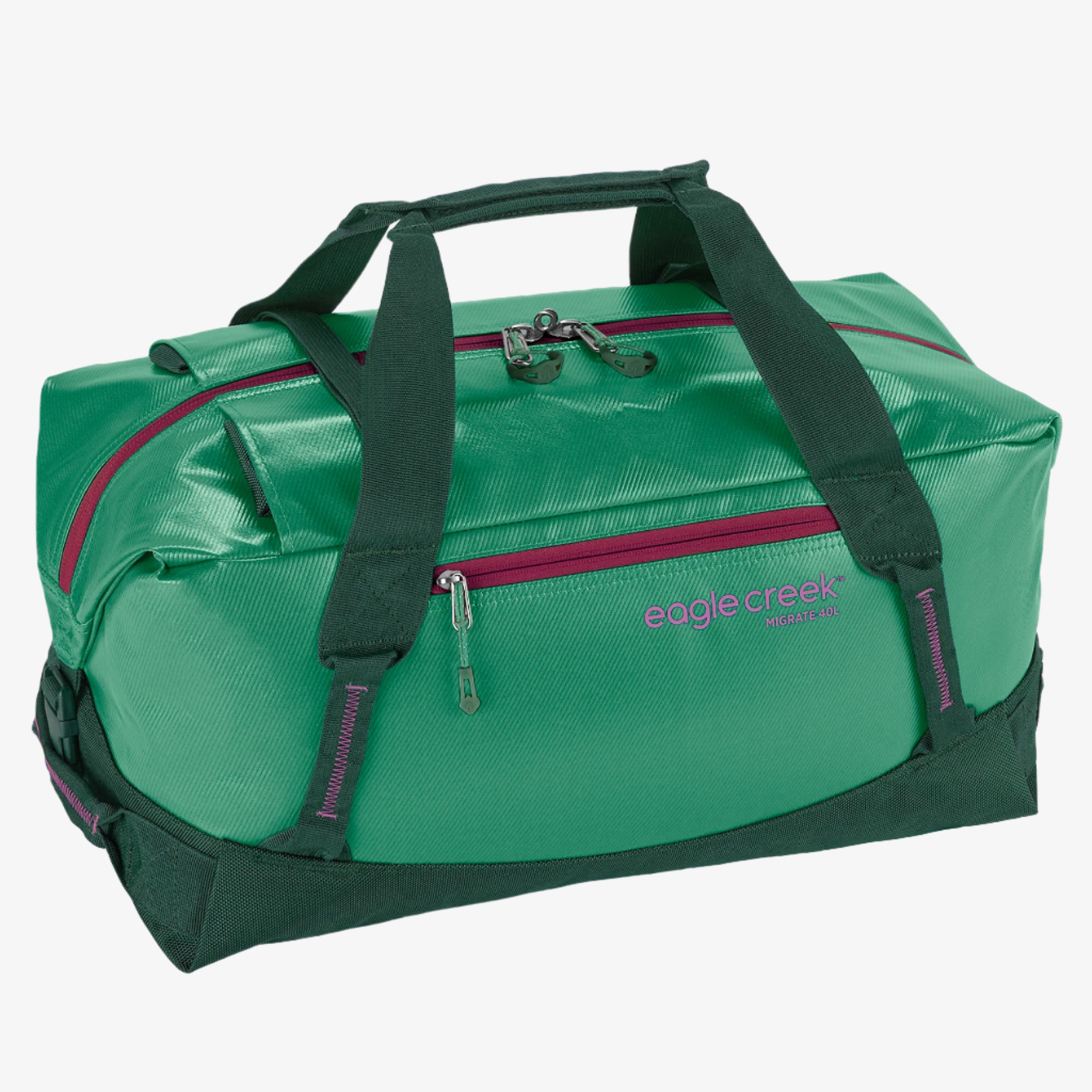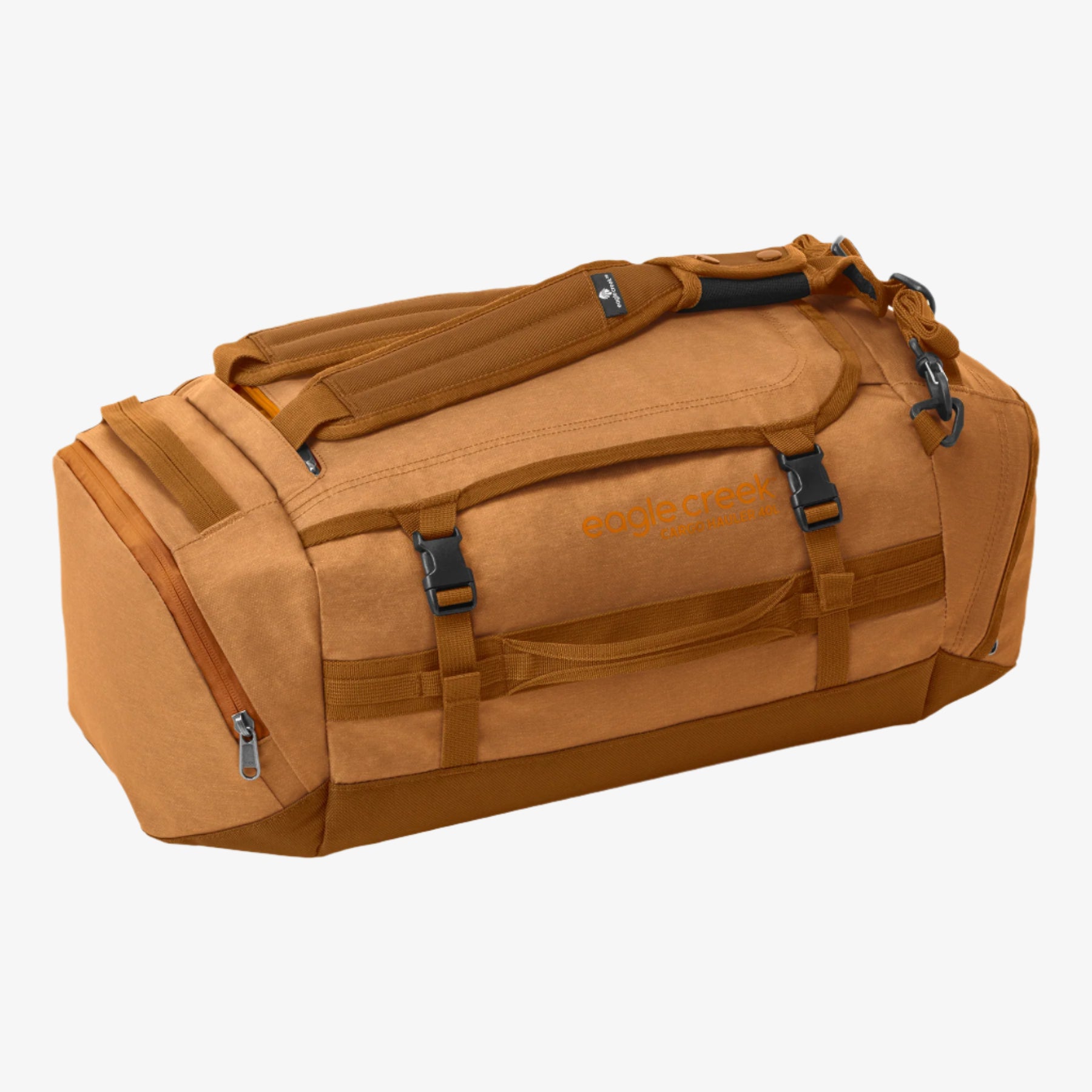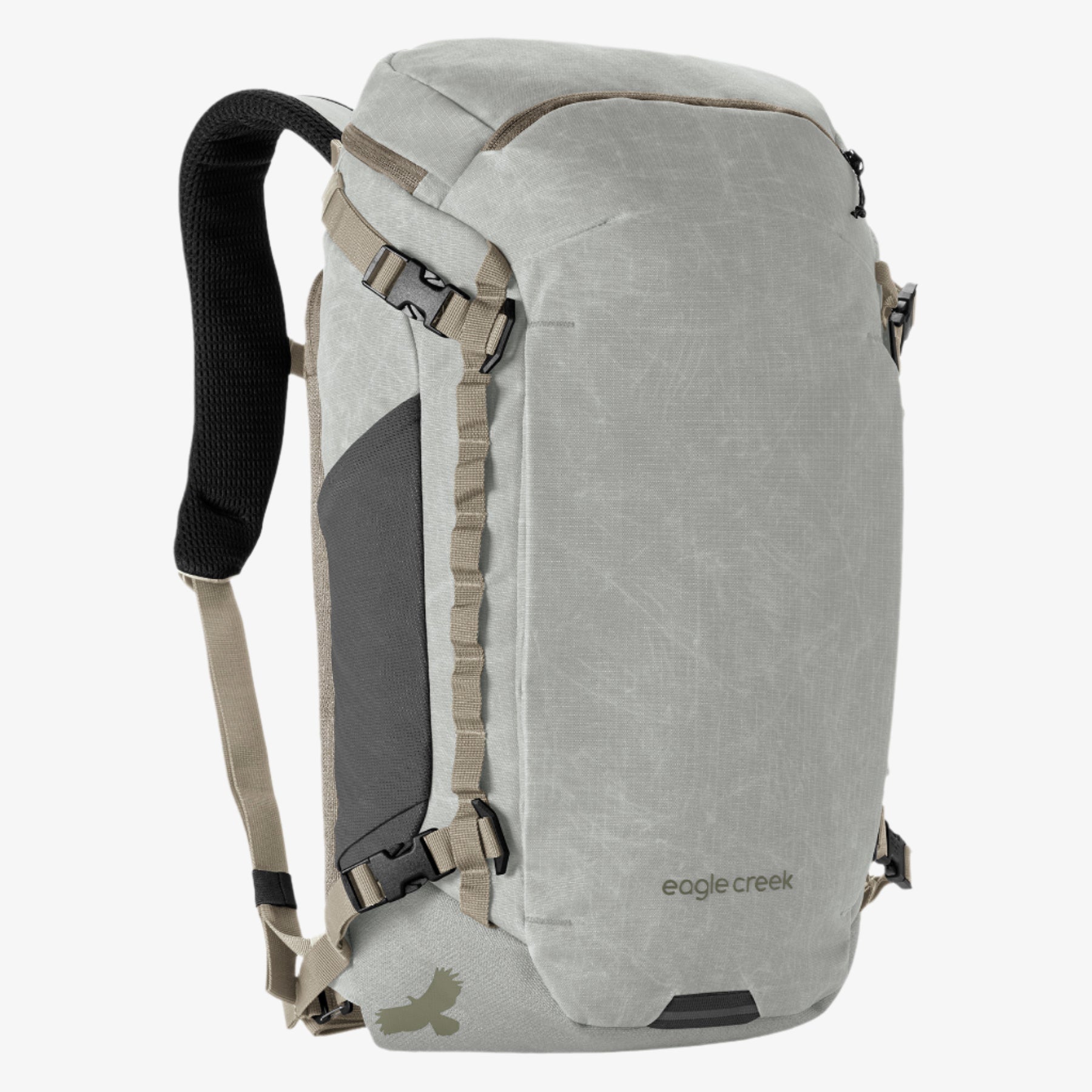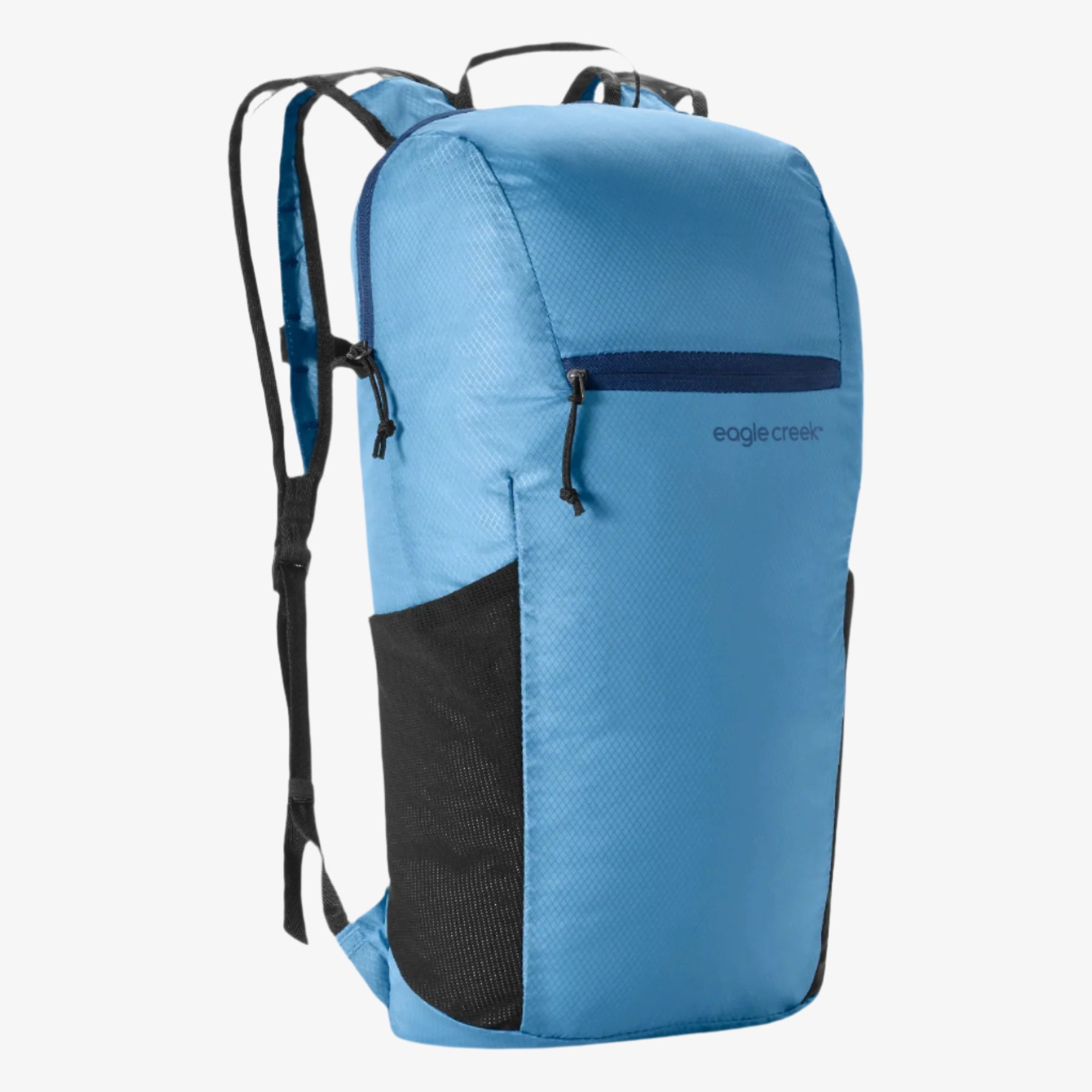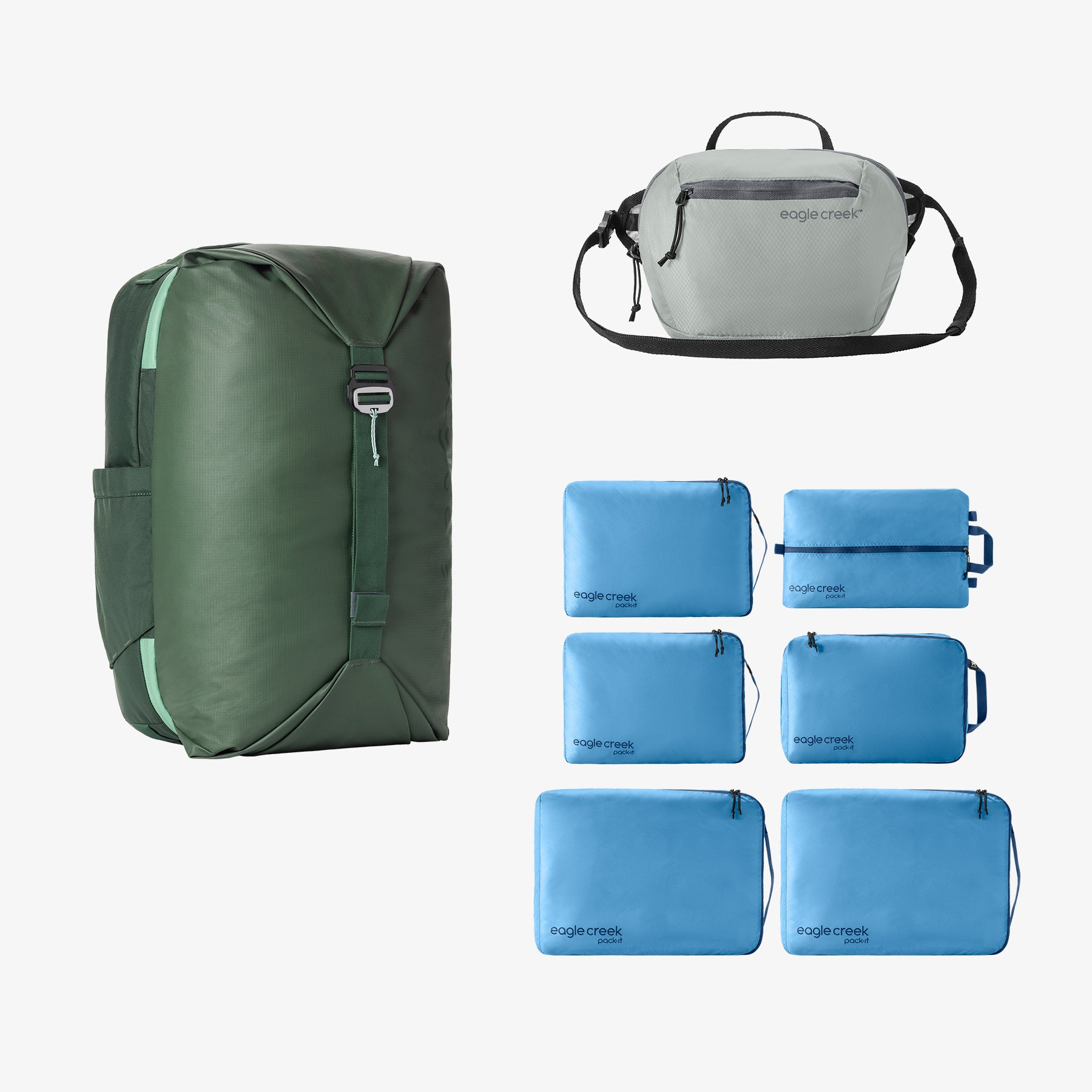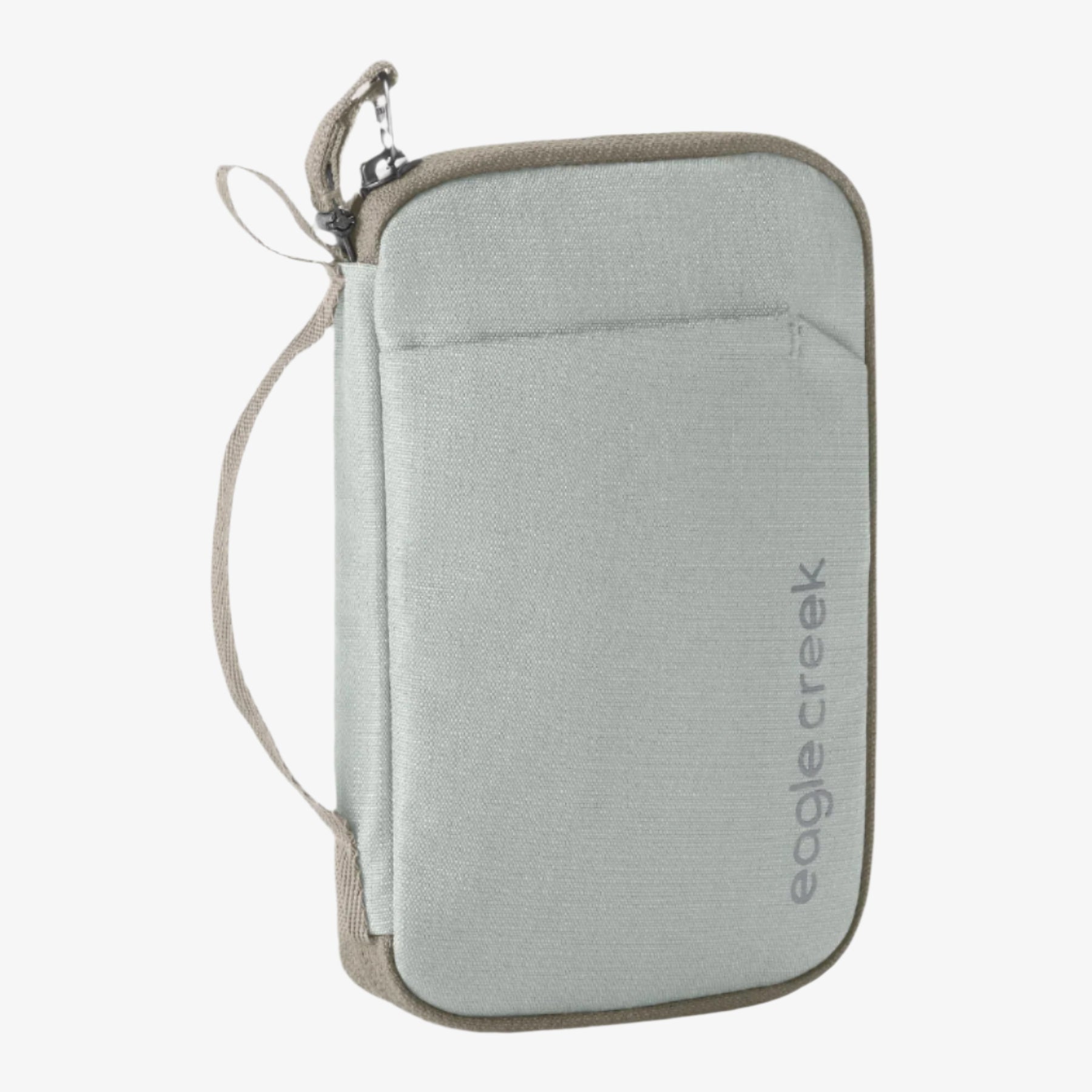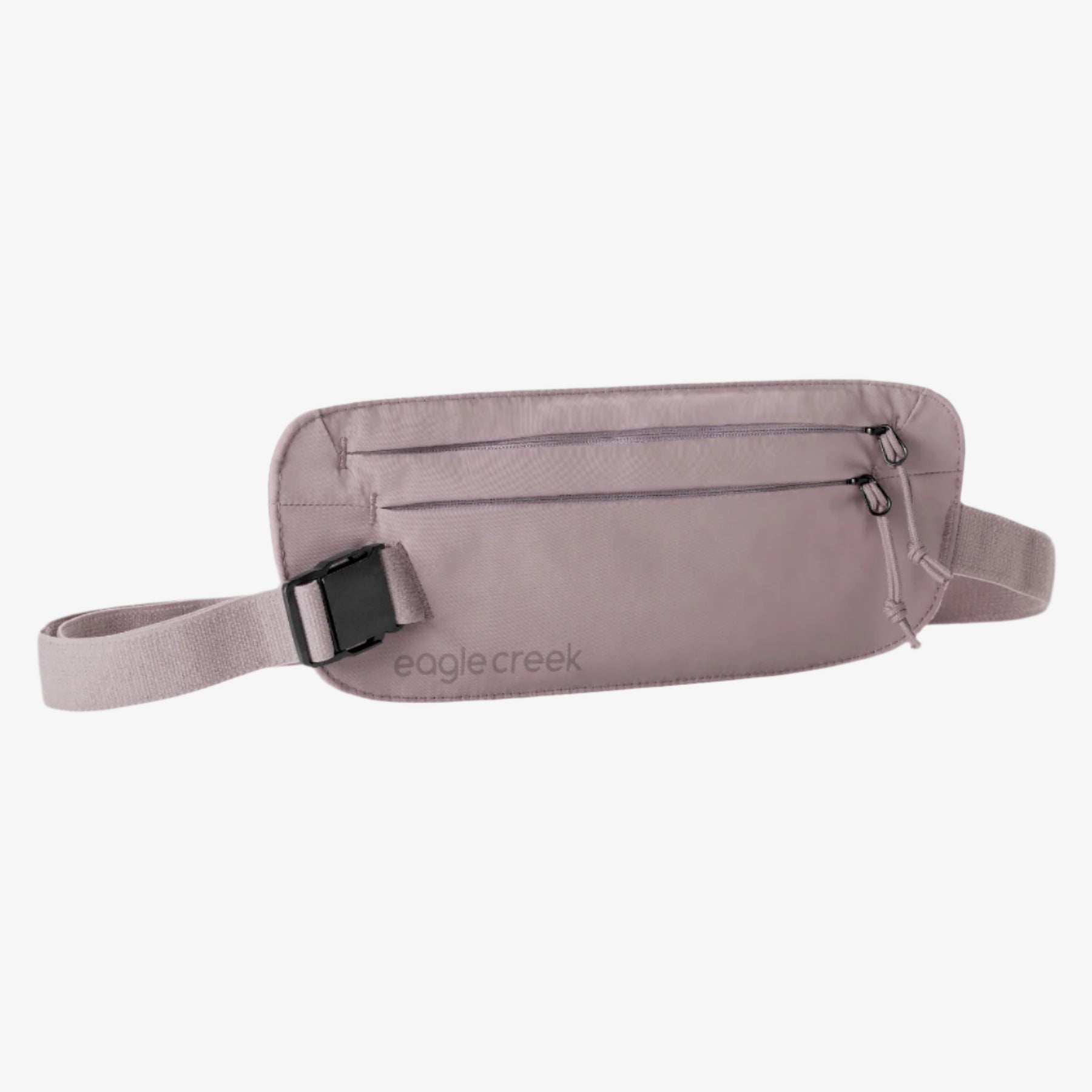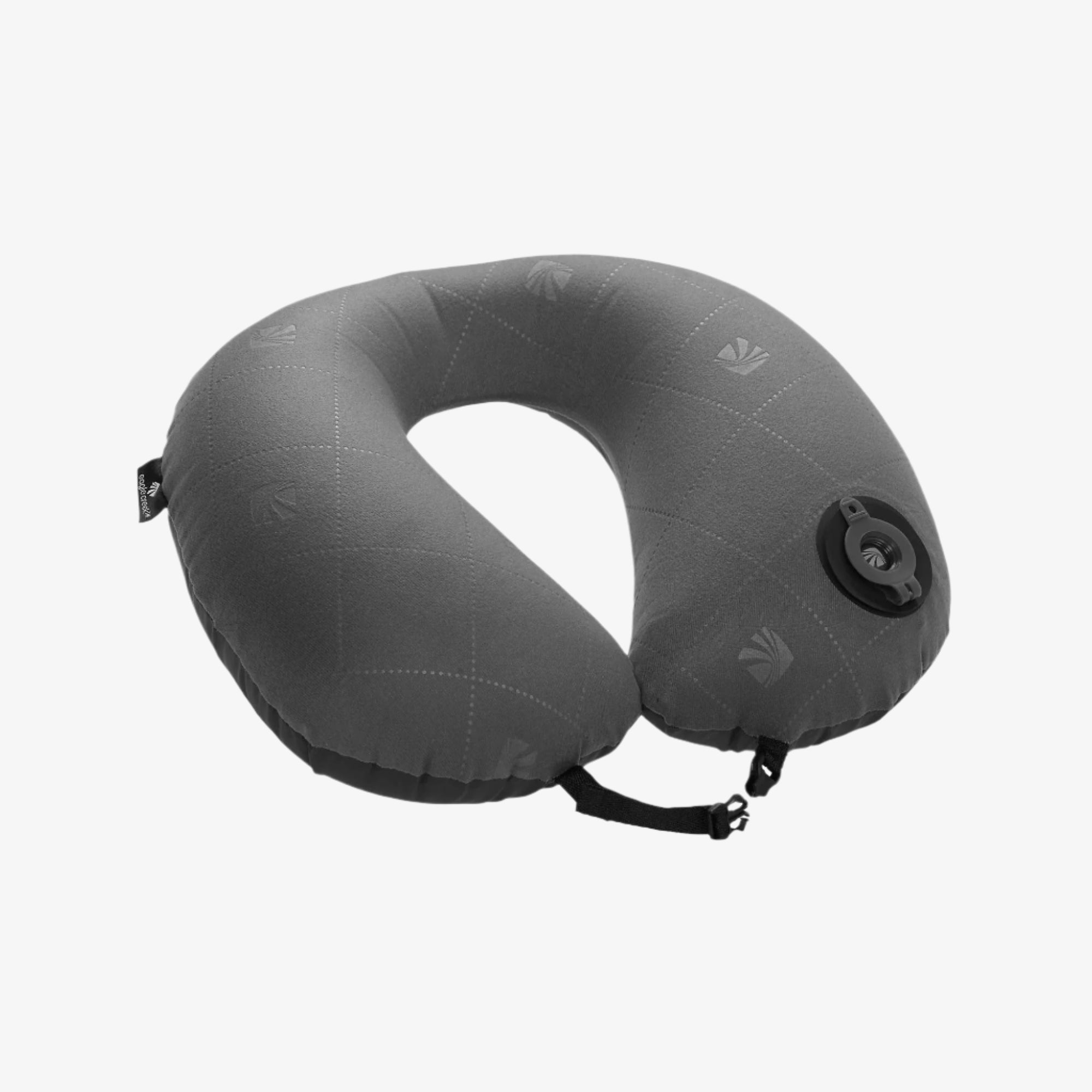Washing a backpack might seem like a simple task, but doing it properly can extend the life of your trusty bag and keep it looking fresh for years to come. In this comprehensive guide on how to clean a backpack like a pro, we'll delve into the ins and outs of washing a backpack.
Whether you've been hiking through muddy trails or navigating urban jungles, your backpack accumulates dirt, grime, and odors over time. Neglecting this buildup can not only affect the appearance of your bag but also compromise its functionality and lifespan.
By following these expert tips and techniques, you can keep your backpack looking and performing at its best, no matter where your journeys take you.
- PREPARING YOUR BACKPACK FOR WASHING
- HAND WASHING VS. MACHINE WASHING: WHAT YOU NEED TO KNOW
- CLEANING SPECIFIC BACKPACK MATERIALS
- WHAT YOU NEED TO WASH YOUR BACKPACK
- TIPS FOR MAINTAINING BACKPACK QUALITY
- FREQUENTLY ASKED QUESTIONS

PREPARING YOUR BACKPACK FOR WASHING
Can you wash a backpack? Absolutely! Washing your backpack is a crucial step in keeping it in good condition.
But before washing your backpack, it's essential to do some preparation to ensure a thorough and safe cleaning process.
- Check care labels: First, carefully inspect the care labels attached to your backpack. These labels often provide valuable information regarding the manufacturer's recommended cleaning methods and specific precautions.
- Empty all pockets: Next, empty all pockets, compartments, and pouches. Remove items such as pens, notebooks, snacks, or electronics to ensure nothing is left behind.
- Remove detachable parts: If your backpack has detachable straps, hip belts, or other accessories, remove them before washing. These parts may require separate cleaning or hand washing to maintain their integrity.
- Spot test cleaning agents: Before applying any cleaning agents to your entire backpack, perform a spot test on a small area. Apply a small amount of the cleaning solution and observe for any adverse reactions, such as discoloration or fabric damage.
If you’re also curious how to clean a suitcase, a similar procedure should apply. These pre-washing preparations will set the stage for a successful cleaning process that removes dirt and grime while preserving your backpack's quality and longevity.
HAND WASHING VS. MACHINE WASHING: WHAT YOU NEED TO KNOW
When washing your backpack, you have two primary options: hand washing and machine washing. Each method has its advantages and considerations, so let's delve into what you need to know about each:
Hand washing
- Controlled process: Hand washing allows for more control over the cleaning process, enabling you to focus on areas that need extra attention and delicately treat any stains or spots.
- Gentler on materials: Hand washing is generally gentler on backpack materials, especially for bags made from delicate fabrics. It minimizes the risk of abrasion or damage in a washing machine.
- Time and labor-intensive: Hand washing can be more time-consuming and labor-intensive than machine washing, as it requires manual scrubbing and rinsing of the backpack.
- Suitable for sensitive items: Hand washing is a safer alternative if your backpack contains items that are not machine washable or could be damaged by a washing machine.

Machine washing
Unless stated otherwise on the care label, never machine wash or machine dry your travel gear or accessories. If your backpack states that it is machine washable, do not use hot water, bleach, dishwashing liquid, pre-soaking solutions, or spot removers. Always use powdered non-detergent soap. Never use solvents to clean your gear or accessories as solvents may irreparably damage the materials and components of your product. Please note that any use of solvents will void most manufacturer's warranties, including Eagle Creek's own Lifetime Warranty and No Matter What Warranty.
- Efficiency: Machine washing is generally quicker and more convenient than hand washing, particularly for larger backpacks or those with extensive dirt buildup.
- Uniform cleaning: A washing machine can provide a more thorough and uniform cleaning than hand washing, especially for heavily soiled backpacks.
- Potential for damage: Machine washing may pose a higher risk of damage to certain backpack materials, particularly if the bag has delicate features or embellishments. To minimize damage, use a gentle cycle and avoid overloading the machine.
- Limited control: Unlike hand washing, machine washing offers less control over the cleaning process, which may result in less targeted treatment for stubborn stains or delicate areas.
HAND WASHING YOUR BACKPACK
Hand washing your backpack ensures a thorough cleaning while minimizing the risk of damaging delicate materials. Here's a step-by-step guide to hand-washing your backpack effectively:
1. Pre-soaking
- Fill a bathtub, large sink, or basin with lukewarm water.
- Add a small amount of mild detergent or specialized backpack cleaner to the water and mix it well.
- Submerge your backpack completely in the water, ensuring all areas are saturated. Allow it to soak for 15-30 minutes to loosen dirt and grime.
2. Scrubbing
- After soaking, use a soft-bristled brush or sponge to gently scrub the exterior and interior of the backpack.
- Pay extra attention to heavily soiled areas and any stains, using a circular motion to lift dirt and debris without damaging the fabric.
- For stubborn stains, apply a bit of extra detergent directly to the affected area and gently scrub with a soft brush.
3. Rinsing
- Once you've finished scrubbing, drain the soapy water from the tub or basin.
- Refill it with clean, lukewarm water and thoroughly rinse the backpack to remove any remaining detergent.
- Repeat the rinsing process as needed until the water runs clear, ensuring all soap residues are removed.
Air drying
- After rinsing, gently squeeze out excess water from the backpack without wringing or twisting the fabric.
- Hang the backpack upside down on a clothesline or sturdy hanger, ensuring proper air circulation around all sides.
- Allow the backpack to air dry completely in a well-ventilated area, preferably outdoors or in a room with good airflow.
- Avoid direct sunlight and high heat sources, as they can fade or damage the backpack's material.
Towel drying
- If you need to speed up the drying process or if air drying is not feasible, you can use a clean towel to absorb excess moisture from the backpack.
- Gently pat the exterior and interior of the backpack with the towel, absorbing as much water as possible.
- Repeat the patting process with a dry towel until the backpack feels damp rather than wet.
- Follow up with air drying to allow the backpack to dry out fully.

MACHINE WASHING YOUR BACKPACK
Machine washing your backpack can be a convenient and effective way to clean it, but it requires careful consideration to avoid damaging the bag and/or voiding the manufacturer's warranty. Always be mindful of your bag's specific care instructions and warranty policy. If you are able to machine wash your backpack, here is a step-by-step guide:
1. Pre-treatment of stains
- Before placing your backpack in the washing machine, it's essential to pre-treat any stubborn stains or heavily soiled areas.
- Apply a small amount of stain remover or laundry detergent directly to the stained areas and gently scrub with a soft brush or sponge.
- Allow the pre-treatment to sit for a few minutes to penetrate the stains and break down dirt and grime.
2. Selecting the appropriate cycle and temperature
- Check the care label on your backpack to determine the recommended washing instructions.
- Choose a gentle or delicate cycle on your washing machine to minimize agitation and reduce the risk of damage to the backpack.
- Use cold or lukewarm water rather than hot water, as high temperatures can cause shrinkage or damage to certain materials.
- Avoid using bleach or harsh detergents, as they can weaken fabrics and compromise the integrity of the backpack.
3. Drying precautions
- After the washing cycle is complete, remove the backpack from the washing machine promptly to prevent wrinkles or creases.
- Avoid using a dryer to dry your backpack, as the heat and tumbling action can damage the fabric and structural components.
- Instead, air dry the backpack by hanging it upside down on a clothesline or sturdy hanger in a well-ventilated area.
- Allow the backpack to air dry completely before storing or using it again, ensuring that all moisture is evaporated from the fabric and interior compartments.
4. Post-wash inspection
- Once your backpack is dry, inspect it carefully for any signs of damage or wear.
- Check seams, zippers, and straps to ensure they are intact and functioning properly.
- If you notice any issues or concerns, address them promptly to prevent further damage and prolong the lifespan of your backpack.
By following these steps for machine washing and drying your backpack, you can effectively clean it while minimizing the risk of damage.
CLEANING SPECIFIC BACKPACK MATERIALS
Cleaning specific backpack materials requires tailored approaches to ensure optimal results without causing damage. Let's explore the cleaning process for different types of backpack materials:
1. Canvas backpacks
Canvas backpacks are durable and relatively easy to clean. Start by removing loose dirt or debris with a soft brush or damp cloth. Create a gentle cleaning solution using a mild detergent or a mixture of water and vinegar.
Dip a clean cloth or sponge into the solution and gently scrub the surface of the canvas, paying attention to any stains or heavily soiled areas. Rinse the backpack thoroughly with clean water and allow it to air dry completely. To maintain the integrity of the canvas fabric, avoid using harsh chemicals or abrasive scrubbing techniques.
2. Nylon backpacks
Nylon backpacks are known for their water-resistant properties, making them suitable for outdoor activities. Begin by emptying all pockets and compartments. Prepare a solution of lukewarm water and mild detergent or
specialized backpack cleaner. Use a soft brush or sponge to gently scrub the surface of the nylon, focusing on areas with visible dirt or stains. Rinse the backpack thoroughly with clean water to remove any soap residue.
Hang the backpack upside down to air dry in a well-ventilated area, away from direct sunlight. Avoid using bleach or harsh chemicals, which can damage the nylon fabric and compromise its water-resistant properties.
3. Polyester backpacks
Polyester backpacks are lightweight and durable, making them ideal for everyday use. Start by spot-cleaning any visible stains with a mild detergent or stain remover. Fill a basin or sink with lukewarm water and add a small amount of gentle laundry detergent.
Submerge the backpack in the soapy water and agitate it gently to loosen dirt and grime. Rinse the backpack thoroughly with clean water and allow it to air dry completely. To maintain the color and integrity of the polyester fabric, avoid using hot water or abrasive cleaning techniques.
4. Leather backpacks
Leather backpacks require special care to preserve their natural beauty and longevity. Begin by gently wiping the surface of the leather with a soft, damp cloth to remove any surface dirt or dust. For deeper cleaning, create a solution of mild soap or leather cleaner and water.
Use a clean, damp cloth to apply the cleaning solution to the leather in a gentle, circular motion. Rinse the cloth with clean water and wipe away any soap residue from the leather. Allow the backpack to air dry naturally, away from direct heat or sunlight, to prevent the leather from drying out or cracking.
If you're looking to buy a new backpack, check out our backpack buying guide for tips on selecting the perfect bag. Also, consider what to pack in a backpack when traveling to ensure you have everything you need for a comfortable journey. Finding the best backpack for travel is crucial for convenience and comfort on the go.

WHAT YOU NEED TO WASH YOUR BACKPACK
When gearing up to clean your backpack, assemble the right tools for the job. Here's a rundown of what you'll need:
- Scrubbing brush: A soft-bristled brush tackles stubborn stains and grime.
- Laundry bag: Place your backpack inside a laundry bag to protect it during machine washing.
- Stain remover: Address tougher stains before washing by applying a suitable stain remover to affected areas.
- Gentle detergent: Opt for a mild detergent or specialized cleaner to maintain your backpack's fabric and coatings.
- Washcloth or sponge: These tools are ideal for applying cleaning solutions and gently scrubbing the backpack's surface during hand washing.
- Soft towel: After washing, use a soft towel for gentle drying to avoid damaging the fabric.
- Air drying space: Ensure you have a well-ventilated area for air drying your backpack. A clothesline or drying rack works well.
With these items, you'll be well-equipped to tackle the cleaning process. As you prepare for your travels, don't forget to check out our ultimate travel packing list to ensure you have all the essentials on hand.
TIPS FOR MAINTAINING BACKPACK QUALITY
Maintaining the quality of your backpack is essential to ensure it stays reliable and ready for your adventures. Here are some tips to keep your backpack in top-notch condition and keep everything smelling fresh in your luggage:
- Regular inspection: Make it a habit to inspect your backpack regularly for signs of wear and tear. Check seams, zippers, and straps for any damage or loose threads. Address any issues promptly to prevent them from worsening over time.
- Spot cleaning: Spot clean your backpack as needed to remove surface dirt, stains, or spills. Use a damp cloth or sponge with mild detergent to gently wipe away dirt and grime. Consider using a specialized stain remover or spot treatment product for tougher stains.
- Storage practices: Store your backpack in a cool, dry place away from direct sunlight and moisture. Avoid storing it in humid environments, which can cause mold and mildew growth.
It's essential to choose the right luggage to ensure your backpack lasts for years to come. Invest in a high-quality backpack made with durable materials that suit your travel needs.
Follow proper care and maintenance practices to keep your luggage for a lifetime. By incorporating these tips into your routine, you can maintain the quality of your backpack and ensure it remains a dependable companion for your travel needs.

FREQUENTLY ASKED QUESTIONS
CAN YOU PUT A BACKPACK IN A WASHER AND DRYER?
Unless stated otherwise on the care label, never machine wash or machine dry your travel gear or accessories. Machine washing may damage your product and/or void the manufacturer's warranty. Putting backpacks in the dryer is not recommended, as the heat and tumbling can damage or shrink the material. This is especially important to consider when doing laundry when traveling, as access to drying facilities may be limited. Instead, opt for air drying to preserve the integrity of your backpack.
WHAT MODE SHOULD I WASH MY BACKPACK ON?
Always read your backpack's specific care instructions and the manufacturer's warranty policy before washing, as machine washing may damage the bag and void the warranty. When washing your backpack, use cold water and the delicate or gentle cycle on your washing machine. The cold water helps prevent colors from fading and minimizes the risk of shrinking or damaging the material, while the delicate cycle provides a gentler washing action to protect the backpack's fabric and construction.
SHOULD YOU WASH A BACKPACK OPEN OR CLOSED?
Always read your backpack's specific care instructions and the manufacturer's warranty policy before washing, as machine washing may damage the bag and void the warranty. When washing a backpack, open all the pockets and zippers before inserting it into a mesh laundry bag. This ensures that all areas of the backpack are thoroughly cleaned and prevents any items left inside the pockets from getting damaged or tangled during the washing process.


